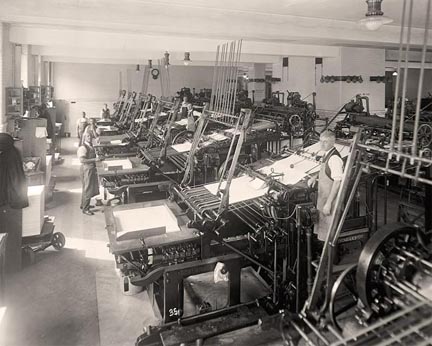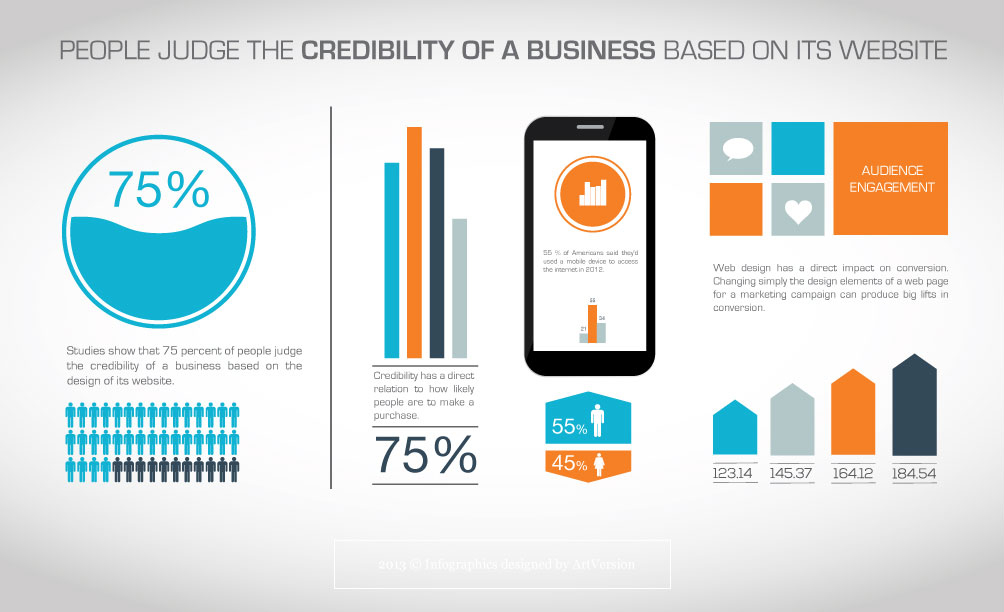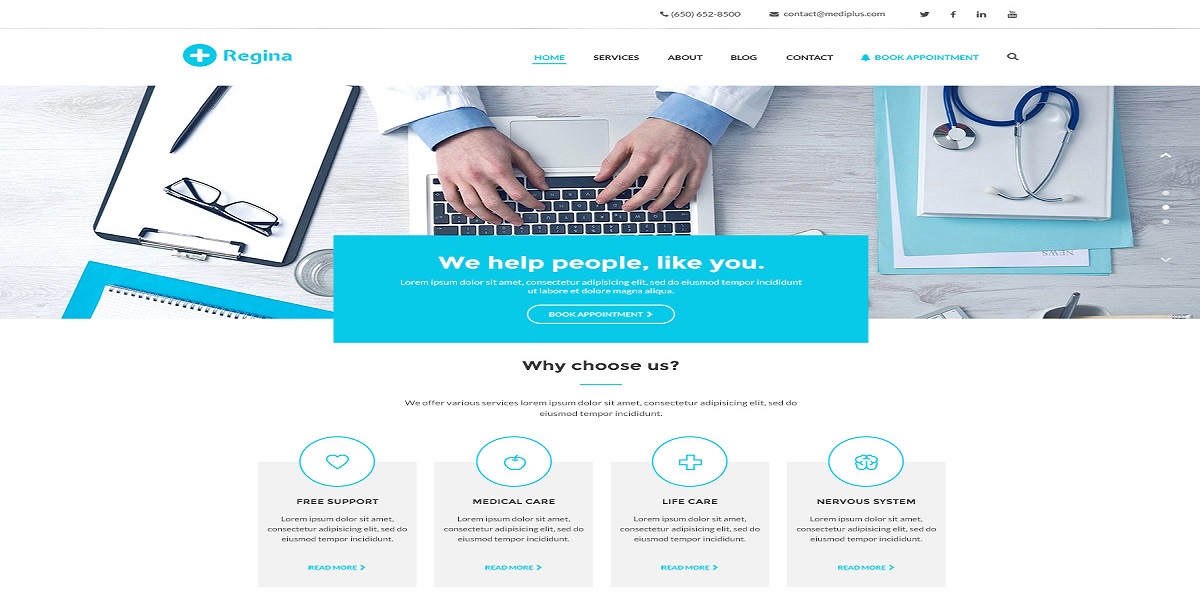It’s been a very long time since the early days of the Internet when pictures were a high-bandwidth luxury. Today, every website includes plenty of graphics. If you want to be intelligent about incorporating images into your web design process in a positive way, you’ll invest a little care in selecting and using them properly. Here are some great points to keep in mind.
You might think that any image is better than no image, but this is not the case in the world of web design. A poorly formatted or low-resolution image reflects badly on your website and your professional demeanor. Avoid this embarrassment by verifying that all the images you use will load properly in the most common browsers and look decent when they do.
Professionals, like www.Droidwebdesign.com, advice you to resist the temptation to make images an indispensable part of your site. A navigation menu that relies on images, for instance, is a bad idea. While it will be uncommon for visitors to look at your site without loading your images, it won’t be unheard of.
Additionally, you want to be prepared in case one image (or all of them) fail to load for any reason. Make sure that your site can be used and navigated even without graphics.
One way to make your website disaster-proof is to set up alt tags for all of your images. This is the text that a browser displays if it cannot or does not load an image. With accurate tags on all of your graphics, even visitors who don’t see them will get a rough idea of how your website is supposed to appear.
As part of the regular maintenance you do on your website, you should be checking for broken image links frequently. Good HTML editing software will do this automatically, but you should manually verify from time to time that everything is in working order. All it takes is a quick visit to each page on your site to ensure that the graphics load properly.
Another step you can take to ensure that your images get through to your website’s visitors is to host them on a reliable server. Although there are many free image hosting sites out there, the one thing they all have in common is an inferior record for reliability when compared to hosting that you pay for. If you’re serious about your website’s appearance, investing in a reliable server is well worth the expense.
You have to respect copyrights when you select images for your website. This is especially important when you’re designing a professional site for your own business or for a commercial client. No website owner wants to deal with the headache of a copyright infringement complaint. You’ll find that getting the graphics you want without stealing copyrighted material is not at all difficult.
One way to broaden the range of images available to you is to use stock photos. Some stock sites can be accessed for free; others require a subscription or membership. Whether or not you’re paying for them, don’t rely too heavily on stock photos.
There’s an unavoidable possibility that visitors to your site may have seen your stock images before. This will give a negative impression that’s very hard to shake.
Graphics are a vital part of virtually every modern website. The right pictures can make a huge difference in how appealing and effective your site is. If you want those images to have the maximum possible impact, treat them right. Follow this article’s advice so that your site’s graphics are always in tip-top condition.








